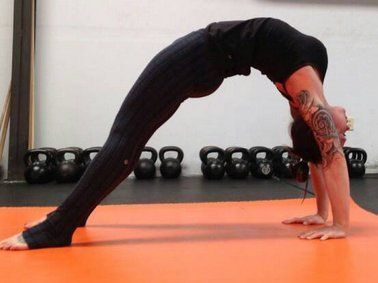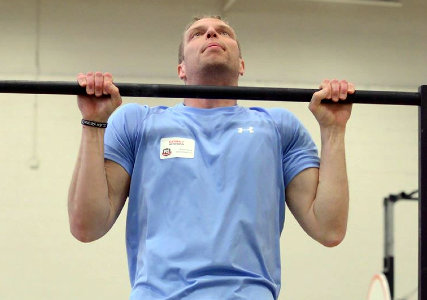
At the age of 41, I can honestly say I’m still learning something new all the time. There is no straight path to success; it is a crooked and curvy line. I’ve learned some lessons the hard way in my training, but each setback yields another opportunity to refine my craft.
Here are 3 of the most valuable lessons I’ve learned (and relearned) throughout my time as a trainer and fitness enthusiast:
1. Work Your Legs and Glutes
If you were to look through my training log over the past year, you would see most of my workouts are focused on my lower body. Unfortunately, this is due to having ruptured my triceps and biceps in the last year, but honestly it’s been the best thing ever. Even when my upper body has been healthy, I still make my lower half 60-70% of my focus… EACH time I train! Most people would hate this because it’s so physically taxing but focusing on your lower half improves your testosterone levels, builds lower body muscle which helps burn more fat, improves stability in your midsection, improves mobility and helps create more explosive power for sprints and jumps. You just can’t ignore pistol squats, shrimp squats, bridges, lunges, hyperextensions or anything else that puts a beating on your lower half.
Sprinting is also a fantastic way to work your legs with only your bodyweight. If you truly want to feel the benefit of sprints, don’t sprint on a treadmill! The treadmill takes away from you actively creating force. Get outside and make your legs plant and propel you forward. Training outside is awesome, and running as fast as you can for a short period is even better. Again, the research on sprint work is off the charts (Coach Wade talks about it as a finisher in his book C-Mass). Sprints will thoroughly cook your lower half quickly and effectively, plus they help build size and burn fat at the same time. So get out and sprint 20, 30, 40 or 50 yards, in a field, through a parking lot, or up a steep hill. No matter where you do it, make your body move as fast and explosively as you can once or twice a week.
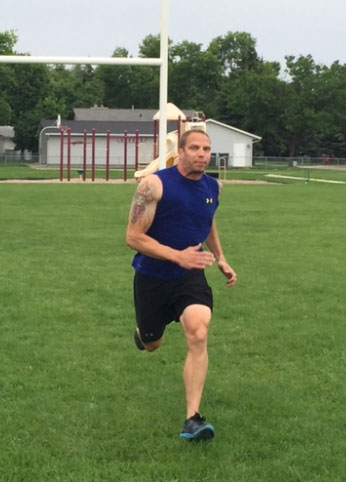
2. Refine The Basics Using Regressions
Two of my favorite exercises are jackknife pull-ups and pike push-ups. These two are simply amazing for adding size in the lats and shoulders, plus they give you a chance to perfect your pulling and pressing groove. The jackknife pull-up has really helped me re-learn pull-ups. It’s given me a chance to work on my height at the top as well as given me an opportunity to work various grips without completely loading my freshly repaired elbows. The pike push-up has done the same thing; given me a chance to work on various pressing widths as well as practice my groove. Don’t scoff at either of these; pairing these two for 5 alternating sets each will leave your lats, shoulders, and triceps feeling it the next day.
3. Stretch!
When I was younger, I mistakenly thought that stretching was a waste of time. Now that I’m older, if I don’t stretch out I’m practically crippled the next day. If you stretch the working muscle group in between sets it not only speeds up recovery but some studies have shown it helps with hypertrophy too. A healthy person should be able to comfortably squat below parallel with their hands behind their head. If you can’t physically do this, you need to spend some time working on your movement quality. I don’t know everyone’s personal movement issues or pains but if I could suggest a few areas to spend some time stretching out: the ankles, hips, shoulder complex and neck.
I’m not going to tell you to spend an hour on this every day, but 10 minutes before and after your workout is a great start. For the ankles, find a step and stretch out your Achilles. If your ankles can move appropriately then chances are your knees will move and feel better. For the hip complex, I’d strongly suggest the pigeon for your glutes and the half kneeling hip flexor stretch. Healthy hip mobility will allow the body to stabilize itself and let your hamstrings and low back relax. As for the shoulder complex, I like to use a stretchy band hanging from a pull-up bar. Hinge yourself forward and let the band pull your arm forward stretching through the lats, then turn around and let it pull your arm back to open up the chest. Healthy shoulder movement will also help the body stabilize and improve your posture. Finally some simple head nods and slow rolls will go a long way to ease tension. Again, this is very elementary but just making time for this will be a great start. For more information, I recommend Al Kavadlo’s Stretching Your Boundaries.
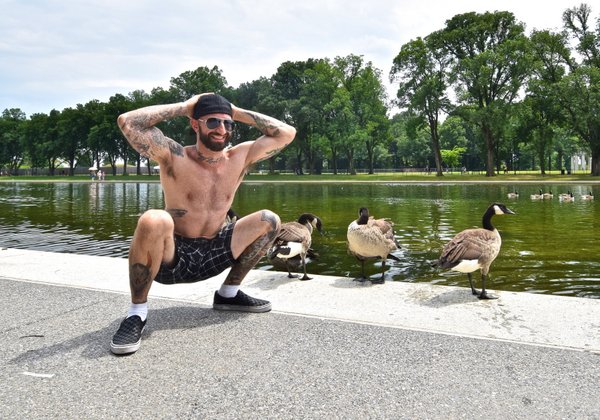
Tony Robbins once said, “The secret to success is learning how to use pain and pleasure instead of having pain and pleasure use you. If you do that, you’re in control of your life. If you don’t, life controls you.” I have chosen to use my pain as speed bumps or opportunities to improve. I can’t stress it enough: train your lower body three times each week, get outside and run like you’re fleeing the scene, don’t be afraid to take a step back to refine the easier progressions, and stretch out! It will pay huge dividends on the harder stuff. Fire it up!
***
About Corey Howard, PCC, RKC, CK-FMS: Corey Howard strives to constantly become stronger, and to help others to achieve their fitness goals. He is the owner of Results Personal Training, and can be reached at fithubby.com, resultsptonline.com or coreyhoward.com.
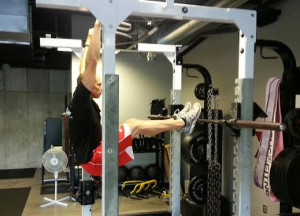
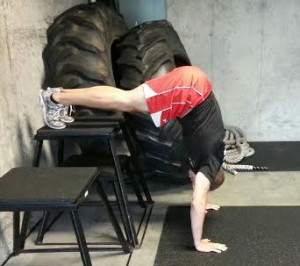
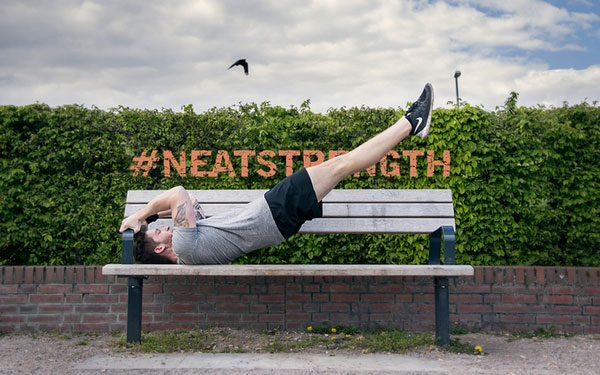
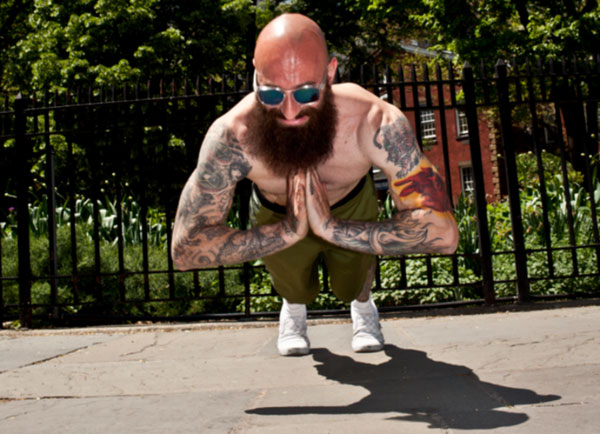
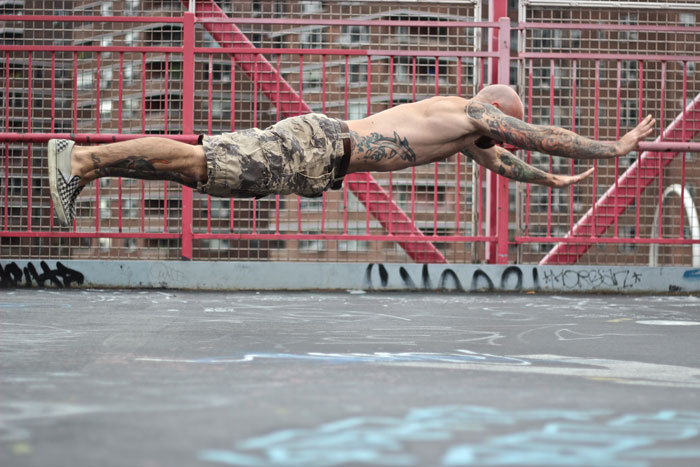
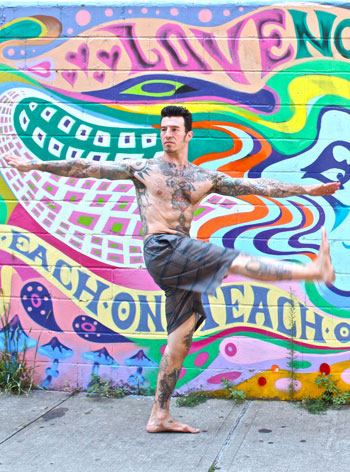
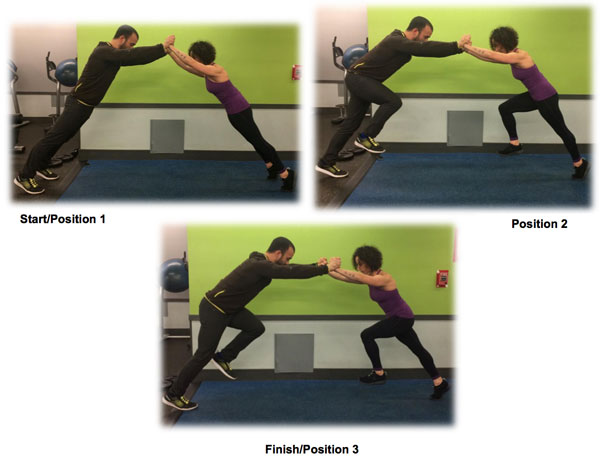

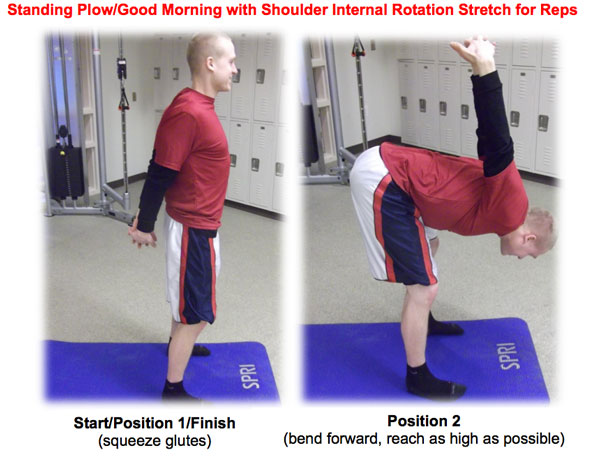
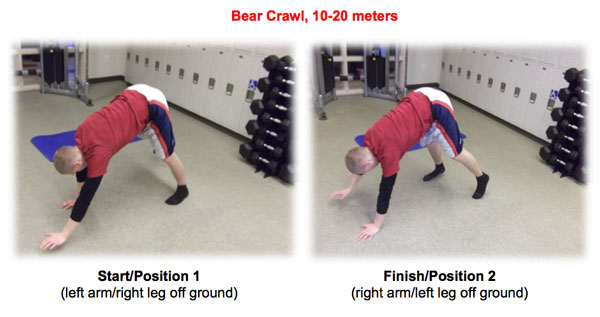
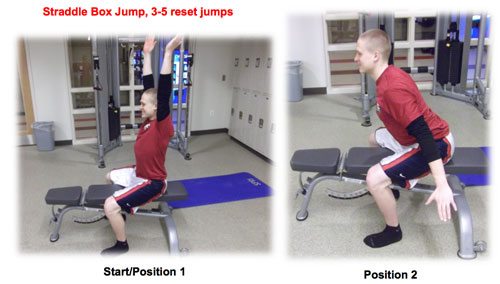
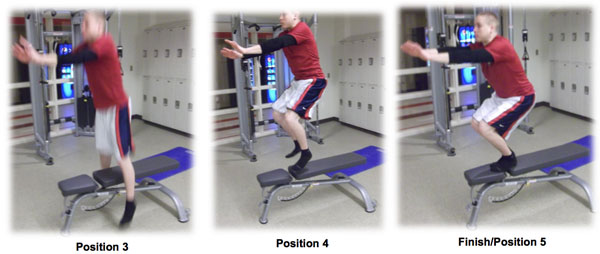
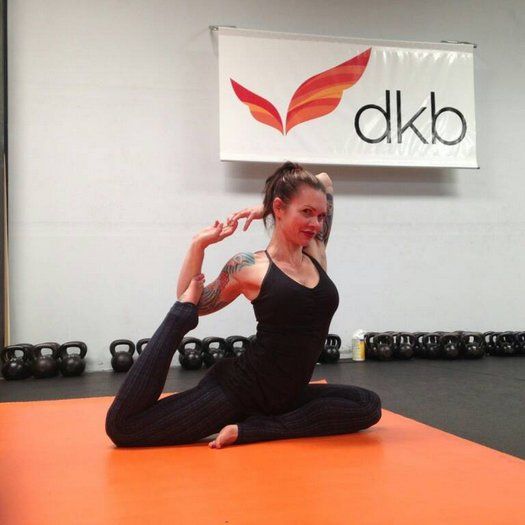
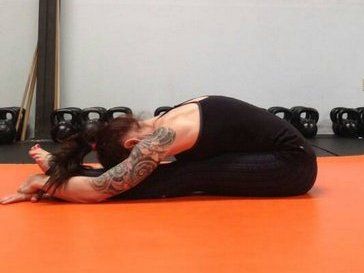 Next is a standing forward bend, where you bring your hands to one side and keep them on the ground as you stand up. This is a combined forward bend and rotation. Another variant is to sit back into the opposite hip. So if your hands are to the right of your body, you’ll sit back to the left. Spend a couple minutes going between one side and the other.
Next is a standing forward bend, where you bring your hands to one side and keep them on the ground as you stand up. This is a combined forward bend and rotation. Another variant is to sit back into the opposite hip. So if your hands are to the right of your body, you’ll sit back to the left. Spend a couple minutes going between one side and the other. For a proper bridge, your arms and legs are the support structures and your hips and back should be relaxed and open. Your chest should be projected up and back, toward the top corner of the wall behind you, and your hips should be lifted up and forward, toward the top corner of the wall in front of you. This aiming in opposite directions creates that “openness” in the spine. Breathing should be steady and even, and you should hold the position for 5 to 10 breaths. Again, don’t force things. Take your time and improve steadily.
For a proper bridge, your arms and legs are the support structures and your hips and back should be relaxed and open. Your chest should be projected up and back, toward the top corner of the wall behind you, and your hips should be lifted up and forward, toward the top corner of the wall in front of you. This aiming in opposite directions creates that “openness” in the spine. Breathing should be steady and even, and you should hold the position for 5 to 10 breaths. Again, don’t force things. Take your time and improve steadily.